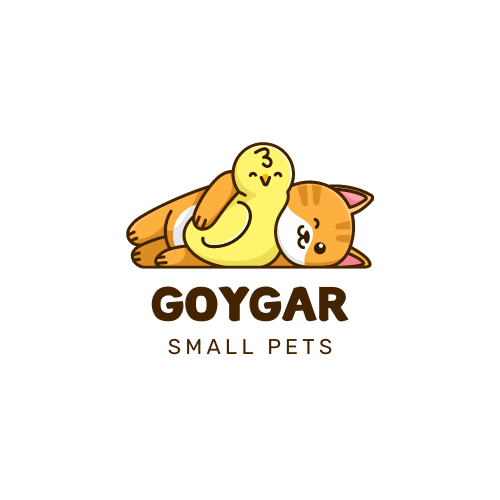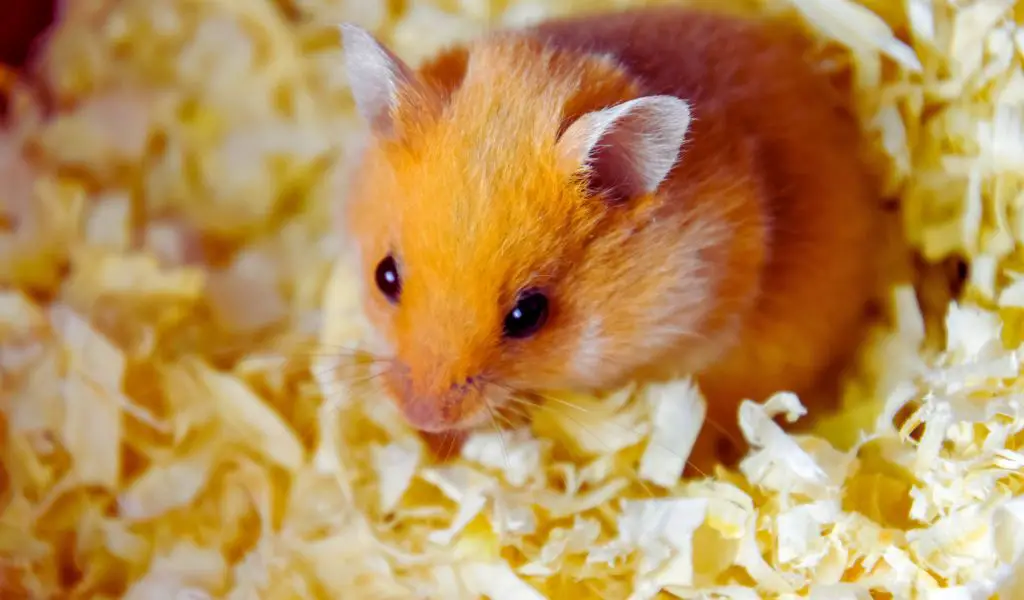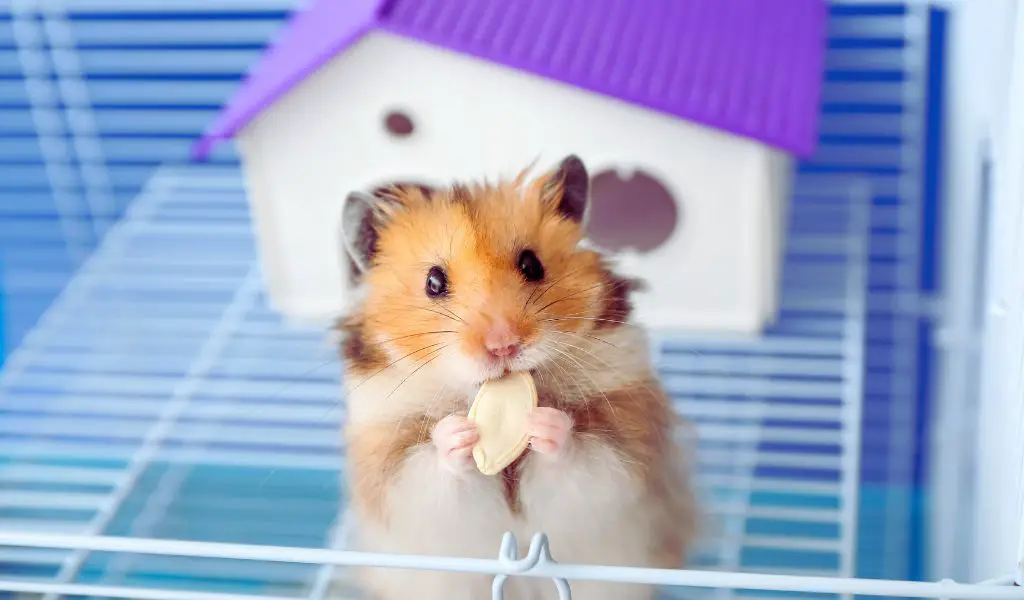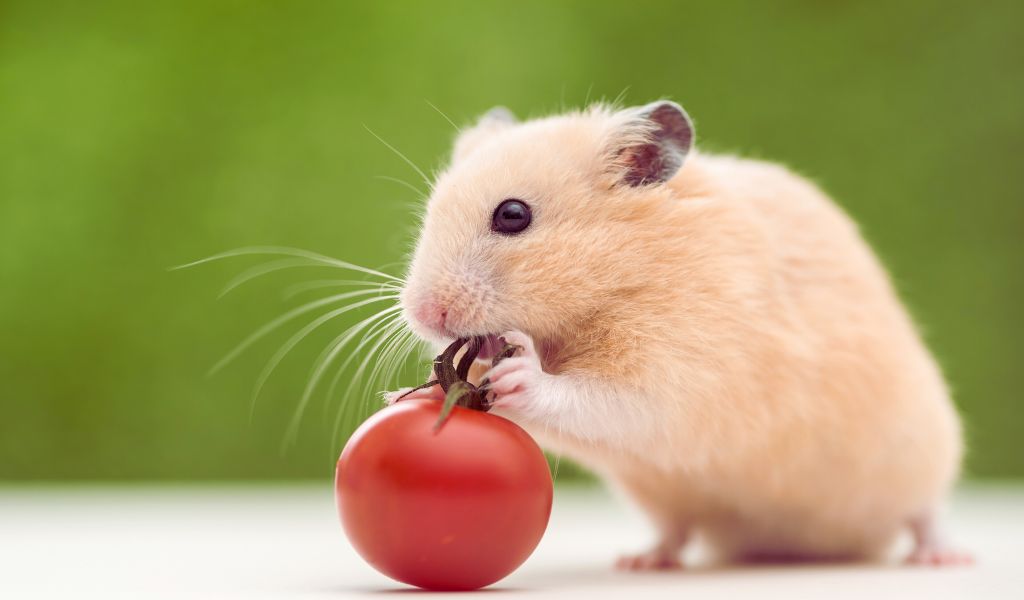When it comes to creating a nurturing environment for your hamster, choosing the right bedding is paramount.
The best bedding will not only provide a soft, comfortable place for your pet to rest and burrow but also contribute to their health by absorbing waste and reducing odor.
With a variety of bedding options available, it’s crucial to select one that’s safe, non-toxic, and conducive to your hamster’s natural behaviors.
What Kind of Bedding Is Safe for Hamsters?
The safety and comfort of your hamster rest significantly on the type of bedding you choose.
Ideal bedding materials are absorbent, dust-free, and free from chemicals or dyes that could harm your pet. Let’s explore the safest options:
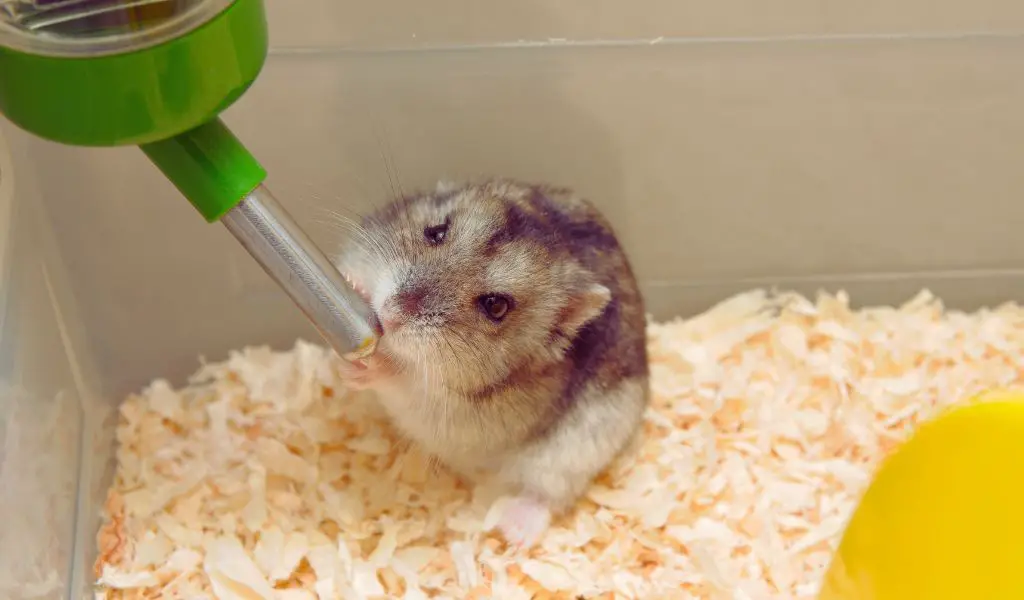
Paper-Based Bedding
Paper-based bedding is a top choice due to its high absorbency and softness, making it perfect for hamsters to dig and burrow.
Opt for unscented, dye-free options to avoid any respiratory or skin irritations.
Recycled paper bedding is also an eco-friendly choice, as it’s biodegradable and made from post-consumer waste without compromising on comfort.
Aspen Wood Shavings
Aspen wood shavings are a safe, natural bedding option for hamsters.
Unlike cedar or pine shavings, which can release harmful phenols, aspen is non-toxic and does not pose a risk of respiratory problems.
It’s also highly absorbent and helps control odors in the cage.
Hemp Bedding
Hemp bedding is gaining popularity among hamster owners for its sustainability and low dust content.
It’s highly absorbent, biodegradable, and virtually dust-free, making it an excellent choice for maintaining a clean and healthy environment for your pet.
Avoid Unsafe Bedding Options
It’s crucial to steer clear of bedding materials that can harm your hamster.
Cedar and pine shavings contain aromatic oils that can cause respiratory issues, while fluffy, synthetic beddings can lead to ingestion or entanglement hazards.
Preparing Your Hamster’s Cage with Safe Bedding
To ensure your hamster’s home is both cozy and safe, follow these steps when preparing their cage:
- Choose the Right Bedding: Select one of the safe bedding options mentioned above.
- Layer the Bedding: Aim for a depth of 2-3 inches to allow for adequate burrowing and nesting.
- Regular Maintenance: Change the bedding weekly, and spot-clean daily to remove soiled areas and maintain a fresh environment.
Recognizing Signs of Bedding-Related Issues
Keep an eye out for symptoms that might indicate your hamster is reacting poorly to their bedding, such as sneezing, eye or nose discharge, or skin irritation.
These signs could signal an allergy or sensitivity to their bedding material, necessitating an immediate switch to a safer alternative.
Encouraging Natural Behaviors
The right bedding does more than just provide comfort, it also encourages your hamster to engage in natural behaviors like burrowing and nest building.
Observing your pet enjoying these activities is a sign you’ve created a supportive habitat.
FAQs: Safe Bedding for Hamsters
What is the best type of bedding for hamsters?
Paper-based or aspen wood shavings are excellent choices for their absorbency, comfort, and safety.
How often should I change my hamster’s bedding?
Completely replace the bedding at least once a week, with daily spot cleaning to remove soiled areas.
Can I use cotton bedding for my hamster?
Avoid fluffy cotton beddings as they can pose risks of ingestion and entanglement. Opt for safer alternatives like paper-based or aspen wood shavings.
Is it okay to use scented bedding for my hamster’s cage?
No, scented beddings can cause respiratory irritation and should be avoided. Always choose unscented, dye-free bedding.
How deep should hamster bedding be?
A depth of 2-3 inches is recommended to allow for burrowing and comfort.
Crafting a Safe, Comfortable Home for Your Hamster
Choosing the right bedding is a fundamental aspect of providing a safe, nurturing environment for your hamster.
By selecting safe, absorbent, and comfortable bedding options and maintaining a clean habitat, you’ll ensure your furry friend stays healthy and happy.
Remember, the best bedding is one that supports your hamster’s natural instincts while keeping them safe from harm.
